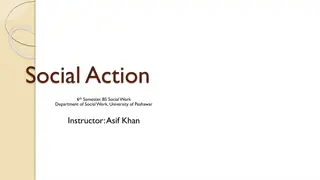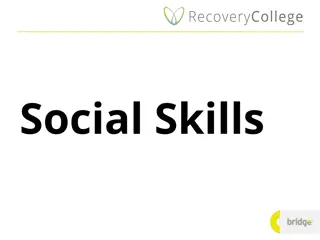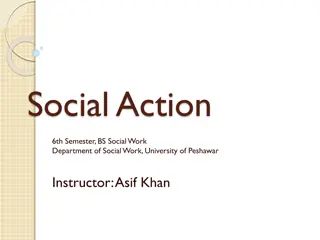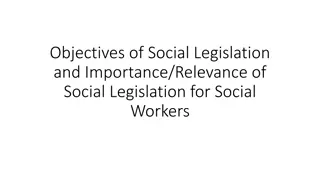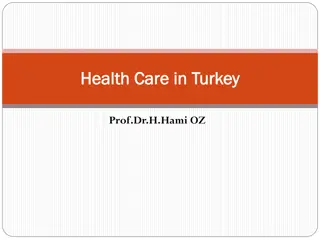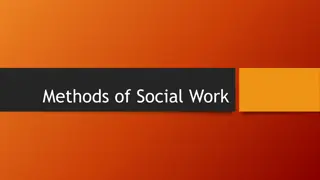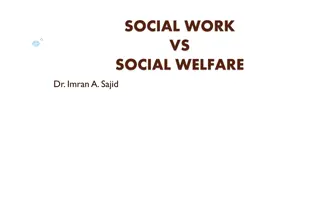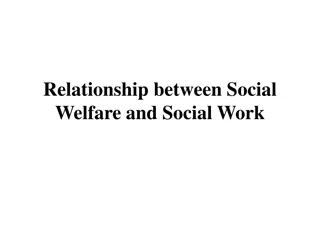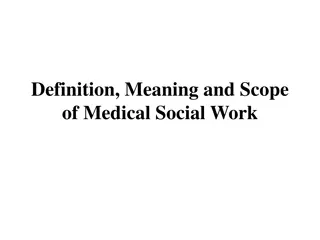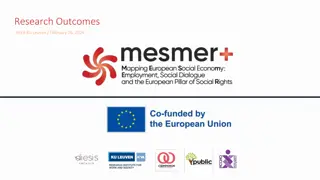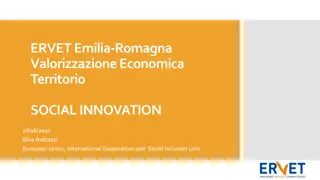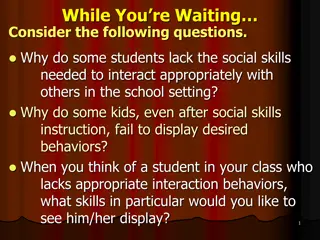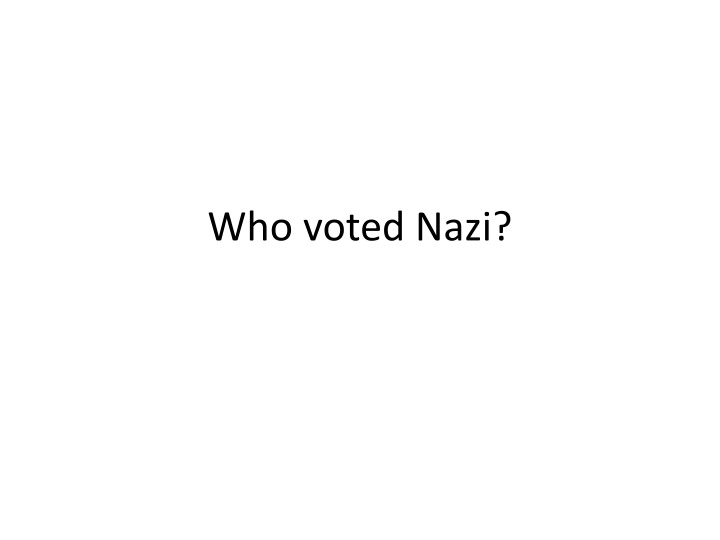
Voter Support for the Nazis: Social Class, Religion, Women, Youth
Explore the diverse factors influencing voter support for the Nazis, including social class, religion, gender, and age group. Delve into historical perspectives to understand varying levels of support and the impact of urban versus rural settings.
Download Presentation

Please find below an Image/Link to download the presentation.
The content on the website is provided AS IS for your information and personal use only. It may not be sold, licensed, or shared on other websites without obtaining consent from the author. If you encounter any issues during the download, it is possible that the publisher has removed the file from their server.
You are allowed to download the files provided on this website for personal or commercial use, subject to the condition that they are used lawfully. All files are the property of their respective owners.
The content on the website is provided AS IS for your information and personal use only. It may not be sold, licensed, or shared on other websites without obtaining consent from the author.
E N D
Presentation Transcript
Historiography Until 1980 s the predominant view was that the Mittelstand [middle-classes] provided most support for the Nazis. Bracher and Brozat advocated this view.
Historiography From 1980 s onwards historians have increasingly argued that it was a socially diverse mix that voted for the Nazis. Childers and Hamilton and Jurgen Falter argue this. Muhlburger and Fischer show Nazi Party and SA membership as mixed. However see Party as more middle-class dominated and Sa as more working-class dominated.
Problems of evidence Easier to work out social class of members of SA and Nazi party as occupation on membership form. Election statistics harder to interpret. Most historians merge election statistics with population statistics to work out a rough or general picture.
Areas to look at. Religion Social Class and Rural/Urban Women Youth Resources Use Dick Geary Article p14-19. Hite and Hinton p118-125. Conan Fischer article esp p 33.
Which Religion was more prone to supporting the Nazis? Look at Catholic and Protestant levels of support for Nazism. [Geary p14/15] Why are there different levels of support? Historiography. Your conclusion to this question.
Social class and Urban/Rural Social Class Working class support for Nazis. [voting and membership Geary p17/18] Mittelstand support for Nazis [voting and membership Geary p16] Impact of unemployment on support for Nazis. [Geary p18] Historiography Urban/Rural Divergence between large urban centres and rural areas. Types of workers more prone to support Nazis. Factors limiting workers supporting Nazis.
Women Traditional voting behaviour of Women. Were women more likely to join/vote for Nazis? Why? Evidence Historiography.
Youth Were young people more likely to A] Join B] vote for the Nazis Why? Evidence. Historiography
Historiography Peukert panic of the middle strata Fischer Nazi movement as a social coalition, a Volksbewegung [people s movement]which accommodated the interests of bourgeois and workers alike by offering them a place in a national ethnic community or Volksgemeinschaft.
Historiography Dick Geary The Nazi Party was therefore without doubt a Volkspartei : recruiting its members and its voters across a broad range of social groups, from both sexes and from the older as well as the younger generations
Historiography Dick Geary Being a Catholic, unemployed or living in a large town significantly reduced the likelihood of voters to vote for Hitler, as did the existence of strong ideological or political traditions. Conversely being a Protestant in rural Germany greatly increased such a propensity.






